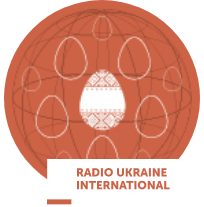According to the order issued by the Ministry of Energy and Coal Industry on September 23, 2015, the text of which is available to Interfax, the working group will prepare its recommendations for the signing of the contract on the return of recycled radioactive materials from the Mayak production association in the Chelyabinsk region and will discuss the Ukrainian stance at the talks on determining the owner of the precious recycling products. It was reported that in 2013 Energoatom executive director for nuclear and radiation security Natalia Shumkova said the bringing back from Russia of radioactive materials, received as a result of spent nuclear fuel reprocessing from Ukrainian nuclear plants, will begin not earlier than in 2016, if Ukraine prepares the specific infrastructure. At first the spent nuclear fuel reprocessed from the VVER-440 reactors, which are installed at the Rovno nuclear power plant, will be brought back to Ukraine, she said. The return of spent nuclear fuel from VVER-1000 will begin after 2020. In August 2013, the State Inspection on Nuclear Regulation approved a feasibility study of building a storage, where radioactive waste received after the processing of spent nuclear fuel from Ukrainian VVER-440 reactors in Russia will be kept. Capital costs for building this facility are set at UAH 260 million. It will allow for the storage of all the recycled spent nuclear fuel from Ukrainian VVER-440 reactors for the whole period of their operation within the next 100 years. At present Energoatom hands over the spent nuclear fuel for storing and reprocessing to the Mining and Chemical Plant in the Krasnoyarsk region and the Mayak production association. The spent nuclear fuel from six VVER-1000 power units of the Zaporizhia nuclear power plant is not delivered to Russia, but is stored in dry container-type storage at the nuclear power plant put into operation in 2001. Seeking to lower the expenses related to spent nuclear fuel handling in 2003 Energoatom announced an international tender on the selection of a company for the creation of a dry-type centralized spent nuclear fuel storage in the country from three nuclear power plants. Holtec International was recognized as the winner of the tender in late 2005. The feasibility study worked out by the Kyiv-based Energoproekt scientific-research and design institute envisions the design capacity of the centralized spent nuclear fuel storage at 16,530 spent fuel elements, including 12,010 from the VVER-1000 power units and 4,520 from VVER-440. Meanwhile, the capacity of the start-up facility makes up 3,620 assemblies, including 2,510 from VVER-1000. The centralized spent nuclear fuel storage will be part of the common facility for the handling of the spent nuclear fuel from the state-run specialized enterprise "Chernobyl nuclear power plant". The storage is planned to be placed at a site southwest of the Chernobyl NPP being put out of operation in the exclusion zone and evicted. The setting up of such facility will allow Energoatom to cut the costs related to spent nuclear fuel handling by $200 million annually. Energoatom is an operator of all four running Ukrainian nuclear power plants. It is operating 15 nuclear power units equipped with water-water reactors with an aggregate electric power capacity of 13,385 GW.
Ukraine preparing contract to return spent nuclear fuel recycling products from Russia
29.09.2015 р., 10:45
Останні новини
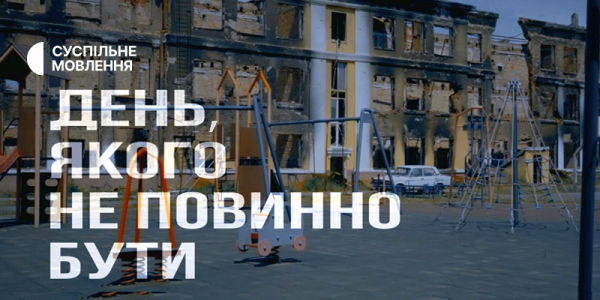
"День, якого не повинно бути" — поезія темних часів на Радіо Промінь

"Без Обмежень" новою піснею закликають берегти військових
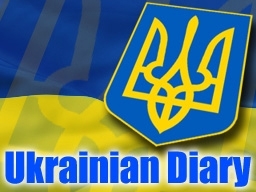
Ukrainian Diary – digest of the most important news over the past week
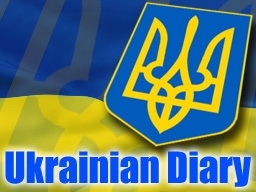
Ukrainian Diary – digest of the most important news over the past week (audio)
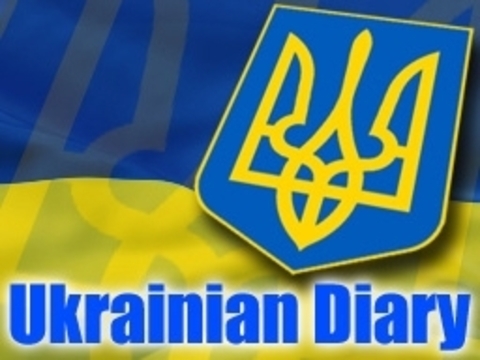
Ukrainian Diary – digest of the most important news over the past week
Related News
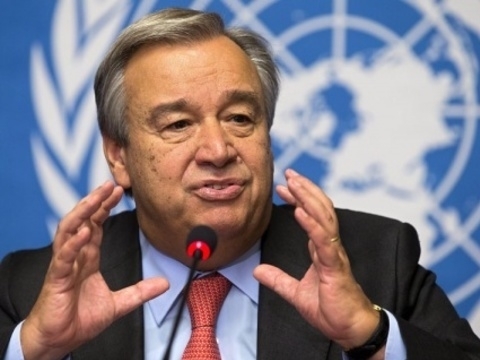
UN names Ukraine one of priority tasks
Freedom House assesses Ukraine as partially free country

IT sphere revenues in Ukraine increase by $ 3.5 billion over year

Misinformation campaign seriously weakened Ukraine
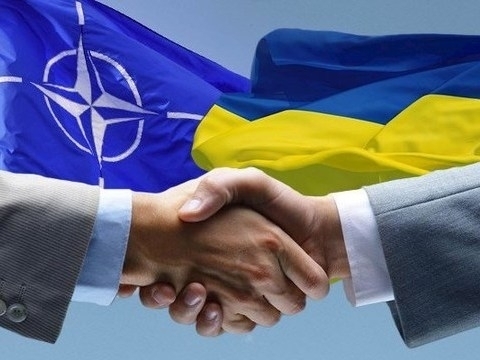
Experts evaluate Ukraine's chances of joining NATO



